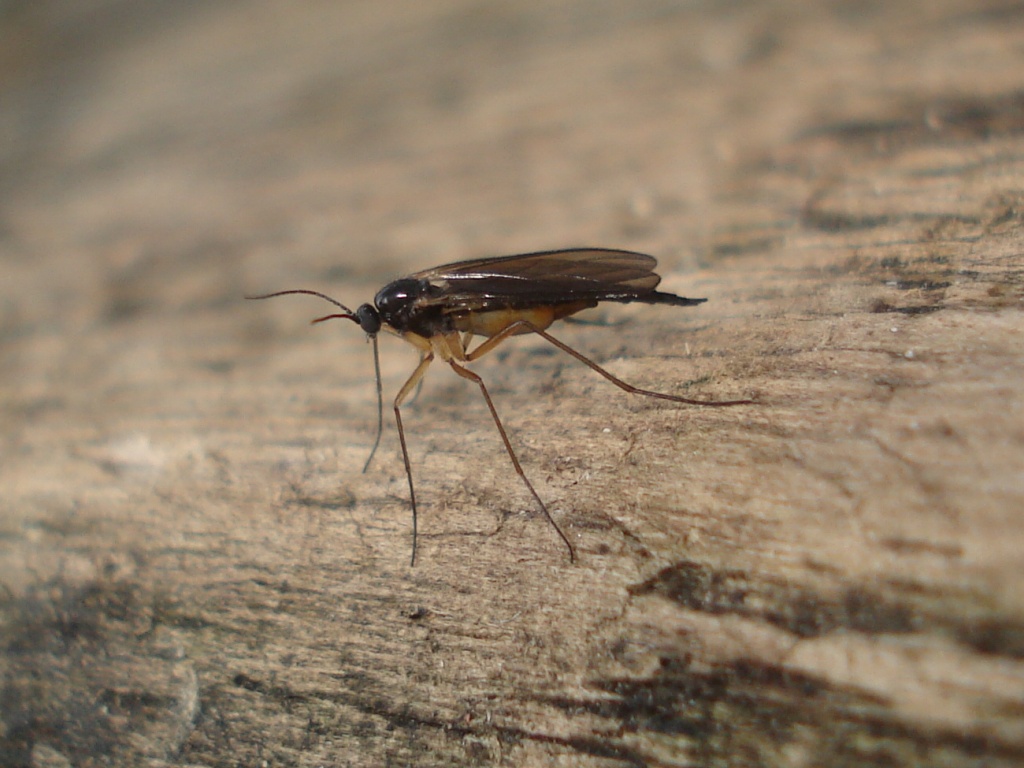
Gnats are tiny flying insects that belong to a variety of families and species. These small flies, often no larger than a few millimeters, can be found in both indoor and outdoor environments. They may vary in their habitat preferences and behaviors, but they all share a common trait—being a nuisance to humans.
What Are Gnats?
Gnats can be divided into various species, with some of the most well-known including midges, fungus gnats, and eye gnats. Some live in water during their larval stage, such as those found at the bottom of freshwater lakes, ponds, or even sewage treatment facilities polluted with organic debris. Other species live in moist environments, like leaf mulch in flower beds.
Gnat Habitats
Gnat larvae thrive in moist conditions. Depending on the species, they might be found in bodies of water, rich organic matter, or wet soil. For example, fungus gnats are often found in houseplants, as the moist soil provides an ideal breeding ground for their larvae. Other species, such as midges, are common around lakes, ponds, and areas with stagnant water.
Gnat Behavior: Swarming and Biting
Outdoors, gnats can become a significant nuisance as they often swarm in large numbers, particularly in the late afternoon and evening. Their small size allows them to pass through most window screens, making it easy for them to enter homes. Once inside, they are attracted to light and tend to gather around lamps and windows.
While many species of gnats do not bite, there is a notable exception: biting midges. Also known as “punkies,” “no-see-ums,” or “sand flies,” are tiny but deliver painful bites. Like mosquitoes, biting midges are blood-feeding insects and can be a serious pest in areas where they are abundant.
The Biting Midges
Biting midges are notorious for their aggressive behavior. They can cause severe discomfort with their bites, leaving itchy welts on the skin. Due to their tiny size, they are difficult to detect, even while they are biting. They are commonly found in coastal areas, wetlands, and places with high humidity.
Eye Gnats: A Unique Pest
In certain areas, eye gnats pose additional health risks. In California’s Coachella Valley, for example, these pests are attracted to eye secretions, and can spread conjunctivitis, also known as “pink eye.” The Clearlake Gnat is another variety that affects people in specific regions, rendering outdoor recreation areas unpleasant.
Gnats and Disease
Although most species are merely annoying, some varieties can transmit diseases. Eye gnats, for instance, contribute to conjunctivitis in certain locations, and biting midges have been known to spread diseases to livestock.
How to Control Gnats
Preventing Gnat Infestations
Controlling gnats starts with understanding their life cycle and eliminating their breeding sites. Since they are attracted to moisture, keeping your environment dry is essential. Here are some tips for controlling them:
- Eliminate standing water: Remove stagnant water sources like birdbaths, clogged gutters, or poorly drained areas in your yard.
- Keep plants dry: Avoid overwatering indoor plants. Allow the soil to dry between waterings to prevent fungus gnat infestations.
- Seal entry points: Repair window screens and doors to prevent gnats from entering your home.
- Reduce lighting: As gnats are drawn to light, using less outdoor lighting can help minimize their numbers.
For more information on controlling fungus gnats in soil you can check out this page from the University of California.
Dealing With Indoor Gnat Problems
If gnats manage to enter your home, here are some control measures to help reduce their presence:
- Use traps: Sticky traps or vinegar-based traps can be effective in capturing indoor gnats.
- Clean surfaces: Ensure countertops and sinks are free from organic residue to prevent attraction.
- Dispose of overripe food: Gnats are particularly attracted to rotting fruits and vegetables, so promptly discard any overripe produce.
When to Seek Professional Gnat Control
In some cases, a gnat infestation may become overwhelming, particularly in areas prone to large swarms or biting varieties. If DIY methods are not providing relief, professional pest control services can help. Pest control experts will assess the severity of the infestation and use targeted treatments to eliminate the problem at its source.
For more information about gnat control, visit our fly management page, or contact us for professional assistance tailored to your needs.
